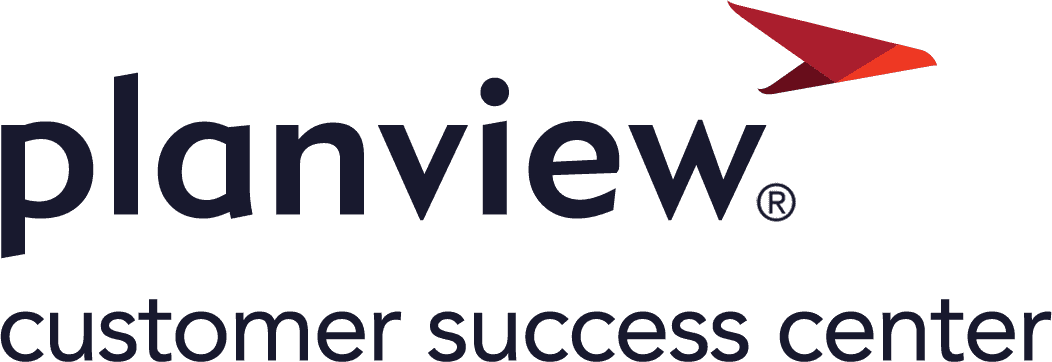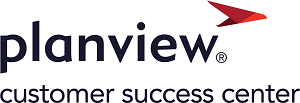Creating a Widget Report With Drill Through
The Report Writer is provided as a standard part of the KeyedIn Enterprise. It provides Admin users the opportunity to create reports allowing you to view and analyse your data in a wide variety of formats.
This article describes the steps involved in creating a Pie chart widget which allows the user to view and drill down through various levels of Project data.
In my example report below I will aim to show different Project Levels and whether the specific project is set to Chargeable or not.
1) Start by navigating to the ‘Reports’ area of the application using the sidebar:

2) Select the ‘Add’ button on order to start the report creation process:
For this example, I will select to create a Chart Widget.
The ‘’Widget’ value means that the report will be available on Dashboards, the My Work Home page and the My Projects Home page.

3) The ‘Add Report’ view will be displayed and ‘General’ tab will be selected by default.
Before navigating to another tab you must first select the data to report on as shows on the checklist in the centre of the preview screen.

4) Set the ‘Data View’.
This selection defines the type of data you will be reporting on, in this example I will use Project Data.

Please note that the version number of the data view in your instance of KeyedIn Projects may differ from that displayed in the image. Data views are updated to accommodate new system functionality. Requests from our clients also often lead to data view updates, e.g. the provision of additional data fields.
5) Under the 'Fields' section you are able to choose what fields you would like to be included in the report. In the case of this article, the following fields have been selected:

5) In Widget reporting, in order for data to be returned a filter must be added.
In any report it is always a good idea to apply a filter to a report. Doing this ensures that the data included is exactly what the user would expect and report which return larger datasets can negatively affect system performance.
In this example, in the 'Filters' tab I am adding filters to ensure only Active projects are returned.

6) Once the Dataview has been set, Fields and Filters have been selected you are now able to move onto the 'Chart' tab.
This tab contains the specification of the layout of the chart as well as how the data is to be displayed in terms of the grouping, values and drilldowns, etc.
The first thing to do is select the type of chart to be created. For the purposed of this article, ‘Pie’ has been selected.

7) For a Pie chart, you are able to select a Field to Group By and a numeric field to bring in a Value.

From the drop down list in the ‘Group by’ I am selecting the Project Level field.

For the Value, the report being created will look to display a count of the number of Projects against various other Project Data.
To achieve this, it’s necessary to find a way to count Projects uniquely. In this instance I will use the ‘Project Code’ field. As this fields does not return a numeric field, it is unable to be selected in the Value selection as it is. But it is possible to make this field into a count by navigating back to the General tab and clicking on the field, then selecting the Grouping Operation as 'Count'. Meaning that it will allow the number of codes in each view category within the chart to be counted.

Once this has been applied, you can navigate back to the Chart tab and will now find that the field is able to be chosen in the Value selection.

8) At this point, the Preview of the Chart shows as below.

9) Now the fields have been selected for the basics of the Chart, we can move onto the Drilldown option.
In my report I have selected for the drilldown to show whether a Project is Chargeable or not.
'Show Empty Categories' if enabled, will show the data of what has not met the drilldown option selected. In my example of Chargeable, this will either be ticked or not therefore is not applicable.

10) The rest of the options on the Chart tab refer to the display of the report.

11) The 'Details' tab allows you to enter a Name and a Title for your report – in this case I have used “Project Drilldown Example”

12) Further details on the Details tab include who can access the report, the Login Group of the user who is creating the report will automatically be displayed in this section.

You are able to set the Display height of the report, with this Chart report being a Widget this option will determine the height of the report when it is added to a Dashboard. This will automatically be set to 250px.

The Refresh Options refer to how often the widget will be refreshed to ensure data it is displaying is up to date. You may also select whether the widget is able to be manually refreshed by users when it is shown on Dashboards.

The Availability allows you to set where this Report is able to be added to.
As an example below you can see that I have made the report available to be added to Dashboards and Projects.

13) The report is now ready to be added to an area it is available to, in this case I will add the report to a Project Dashboard.
As you can see the report is displaying correctly and the data shows fine.

I am able to click into a section to drilldown but I am having to hover over the section to be able to see what the data is referring to. I would like to be able to see this information without hovering over.

To achieve this I can open the report writer to edit this report. Navigating to the Chart tab, under the 'Labels' section there is the option to 'Display Value Marker Labels'.

Once Saved the changes, I navigate back to the widget where I am now able to see the information as a label alongside the section rather than having to hover over it. Even when drilling down on a particular section as I have shown below.


